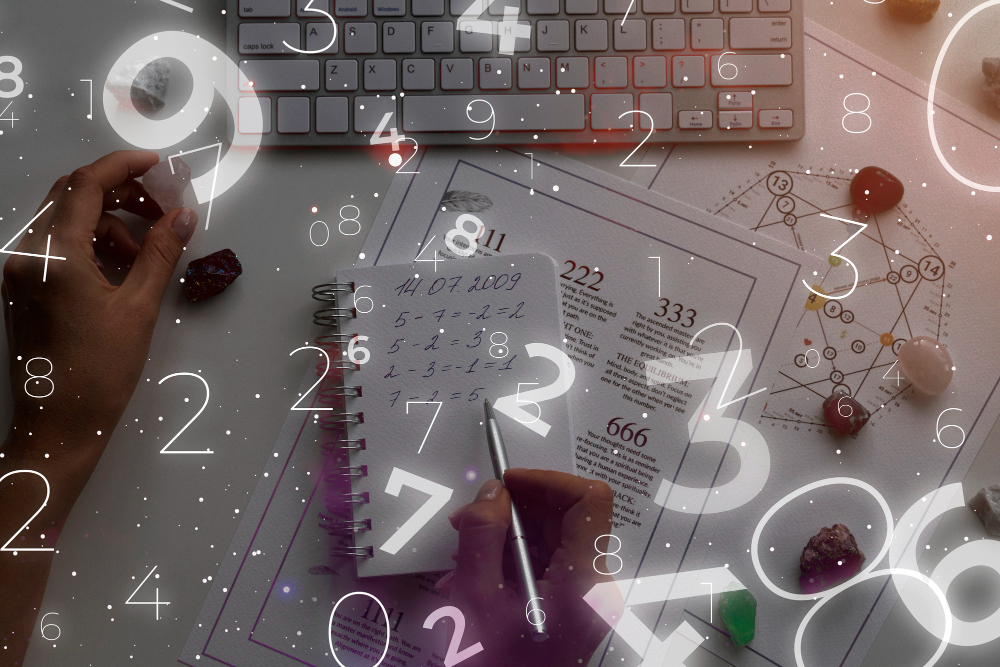We have made tremendous advances in computing over the last thirty years or so. Today, a home computer has more memory than that of a huge main frame computer which needed an entire storeyed office building to house it about 30 years ago. And the humble mobile phone now sports more memory than that available in a home computer of the same 30 years ago. But the human brain dwarfs all these in comparison. It has the memory capacity of up to 1000 terabytes. By way of comparison, the largest library in the world, the US Library of Congress, with its 19 million volumes of books and documents holds a mere 10 terabytes of data. The brain of a newborn baby is more complex and potentially more powerful than the most sophisticated computer we can device.
The newborn brain weighs about 370 g and grows and develops from infancy through early adulthood. The growth in the first 2 years is responsible for the closing of the anterior fontanelle, that open (bone-free) place in the middle of the newborn forehead where pulsation of the heart can be felt. When this and other loose bone junctions in the skull (called sutures) close prematurely, the development of the brain is arrested, and the person’s brain capacity and eventual functional capability are limited. The looseness of these sutures allows for the growth and expansion of the brain cavity to accommodate the growing brain, as the skull is basically a closed box.
The brain is made up of nerve cells called neurones, supported by other cells called neuroglia which provide cushioning, nutrition, and perform other not so well understood functions. The neuroglia are smaller in size than the neurones but are many times their number. The main cell body (of the neurone) tails off into a long string-like process that join others to form the nerves – the ‘telephone wires’ of the body. The cell bodies themselves form the ‘grey matter’ of the brain, while these long tails form the bulk of the ‘white matter’. Most of the brain work is done by the cell bodies; we know this because the grey matter consumes 94% of the brain’s oxygen, leaving the white matter to consume only 6%. Oxygen consumption reflects their work or metabolism. This work is vital and sensitive; it keeps us conscious and makes us who we are. Deprivation of blood supply containing oxygen and nutrients to the brain – which are essential for its metabolism – causes unconsciousness after only about 10 seconds.
Neurones are connected to others through junctions called synapses, rather like telephone or electronic wires that can be connected at junctions, so that the signal can pass from one place to another. A neurone passes impulses or fires off at about 5-50 times per second, discharging, not ordinary electric impulses or current, but chemical substances called neurotransmitters. This is the basis for using chemicals or medications to modify human action and behaviour for example in people suffering from anxiety or depression.
That is the general pattern, except that compared to the brain; these other examples are rather elementary or rudimentary. Each neurone has about 15000 connections with others neurones and has as many as 1000 trillion synapses per connection. The normal human brain has about 100 billion neurones, and many, many more neuroglia, estimated at 164 x 1012 or 164,000,000,000,000 or 164 trillion.
The adult brain size is reached at about the age of 25 with a weight of about 1500g or 1.5 kilograms. Then the cells of the brain start to die off as we get older from then on. This they do at the rate of about 85,000 per day, or 31 million per year. This process may be quickened by excess intake of toxins like alcohol and other substances that we do not yet understand fully, strokes or ‘ministrokes’, as well as the other various causes of dementia which arises basically as the result of loss or malfunction of brain cells.
Compared with other animals, especially other mammals and primates, the human brain has a very well-developed cerebral cortex. Males have slightly more neurones in this area at about 23 billion compared to 19 billion in the female, on average. But before men start jumping off the edge about this, they need to remember that from all that’s been said above, it’s not only just about numbers, it is also about the connectedness and the efficiency of those connections. Life experience shows that generally the females of the species tend to be ‘more connected’ than the males in brain function.
Still counting?


